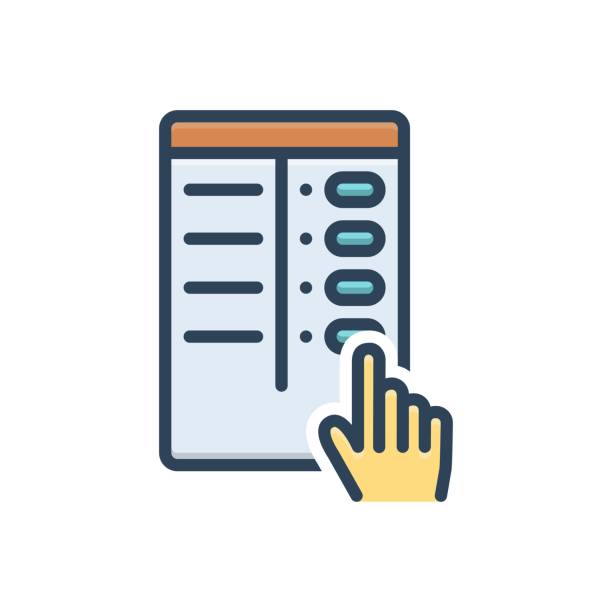Learn the proven steps to craft effective surveys for valuable feedback

Introduction
In the age of digital information, understanding your target audience is extremely important. Whether you’re just starting a business or working as an educator, surveys are crucial for getting valuable feedback. But how can you make a survey that not only interests your audience but also provides the information you’re looking for? Read on and unlock the secret behind crafting the perfect survey.
Create a Survey: The Foundation
The heart of every survey is its purpose. Before you start planning how the survey will look or how you’ll share it, make sure you know why you’re making this survey. This will help you with every decision you make along the way. From determining your target audience to analyzing the results, having a clear goal ensures that your survey is efficient and effective.
Types of Surveys: Which One’s for You?
Opinion Polls: Interested in understanding public sentiment on a specific subject? This is your go-to.
Feedback Surveys: Perfect for understanding how a product, service, or event was perceived.
Market Research: Explore the actions and preferences, and patterns in consumerism.
Academic Surveys: Gathering data for a thesis or academic project? Here’s your best bet.
Crafting the Perfect Questions: It’s an Art and Science
Open-ended vs. Close-ended: While close-ended questions are easier to examine, open-ended ones offer more detailed information.
Avoid Leading Questions: Ensure that you aren’t inadvertently swaying your respondent’s answer.
Language and Tone Matter: Ensure your questions are clear and devoid of jargon. Remember, it’s not what you ask but how you ask.
Designing Your Survey: More Than Meets the Eye
User-friendly Interface: If it’s online, ensure it’s mobile-responsive and easy to navigate.
Aesthetics: Colours, fonts, and layout play a role in keeping respondents engaged.
Length Matters: If something is overly extended, you can become uninterested, but if it’s too brief, you may overlook important details.
Distributing Your Survey: Casting the Net Wide
Digital Platforms: Websites, emails, and social media platforms can skyrocket your survey’s reach.
Physical Surveys: In some cases, a traditional pen-and-paper approach can be more effective.
Incentivizing Participation: A little nudge, like a discount or a gift, can increase response rates.
Analysing Survey Results: The Goldmine of Insights
The value of collected data is only as good as the information extracted from it. Use tools and software to break down responses, spot patterns, and make informed decisions.
Feedback Loop: Closing the Circle
After analysis, the next step is action. Use the insights gained to refine processes, make changes, or validate decisions. And always remember to communicate back to the respondents, letting them know their voice was heard.
Mistakes to Avoid When Creating Surveys
Ambiguous Questions: Clarity is king.
Too Many Questions: Respect your respondents’ time.
Forgetting the Follow-Up: Always acknowledge participation.
Benefits of Surveys in the Digital Age
Surveys provide valuable information that helps with decision-making and creating products. In today’s digital era, surveys have become even more widespread and influential.

FAQs
- Why are surveys important?
Surveys provide a structured mechanism to gather feedback, insights, and data from a targeted group. They are pivotal in understanding audience needs, preferences, and perceptions.
- How can I ensure a high response rate for my survey?
Make your survey concise, ensure clarity in questions, offer incentives if possible, and use multiple distribution channels for maximum reach.
- What are the leading questions in a survey?
Leading questions are phrased in a way that suggests a particular answer, thereby influencing respondents.
- How do I choose between an open-ended and a close-ended question?
Open-ended questions provide depth, while close-ended ones are specific and easier to analyse. Your survey’s purpose will guide your choice.
- Can I create a survey without any software?
Absolutely! While software can aid in design and distribution, a traditional pen-and-paper approach is still viable and effective in many scenarios.
- How do I analyse survey data effectively?
Use tools or software for data breakdown, look for patterns, compare with historical data, and focus on actionable insights.

Conclusion
Making a survey might seem like a huge task, but with the right methods and tools, it becomes easy. The key lies in clarity of purpose, thoughtful question design, and effective distribution. Surveys are now more powerful, what with the involvement of technology, and they act as a link between companies and their customers. So, dive in, gather those insights, and let them guide your next big decision!
External Links/ Sources:
